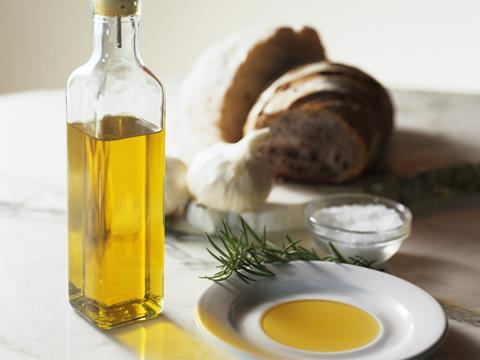
Food is far more than the sum of its ingredients. Diet is dictated by religion, culture and country, and price fluctuates with politics. It can also be a weapon of war - the focus of an exhibition organised by art collective Food of War (5 Stoke Newington Road, Dalston, 24-30 September).
The exhibit brought together for the first time the films, photos and paintings the group have created since 2010. All examine the role of food in international conflict to subtly change the way we look at the most common of ingredients.
Striking but bleak photos of four Ukrainian women monopolised one wall. Its government has banned the supply of food to pro-Russian strongholds, artist Quintina Valero told me. Russian replacements are now finding their way into the region, changing the basic diet of all inhabitants, she added.
In the same room, houmous, olive oil and breadsticks served as a reminder of tensions between Israel and the Arab provinces, a brief note explained, as both furiously claimed to be the birthplace of the chickpea-based dip.
In another poky corner, a TV set played a short film on loop. It told the story of a Naples community fighting back against the control of the Mafia by producing, cooking and selling their own food.
Simple and thought-provoking, these works weren’t aimed at connoisseurs of contemporary art. They were accessible, effective and relevant. After all, everyone has food in common, and we should make it our business to know what it can be used for.







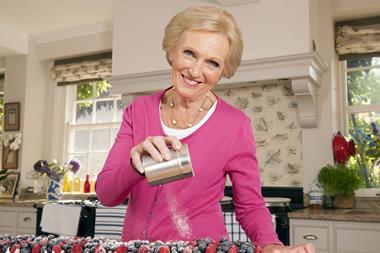

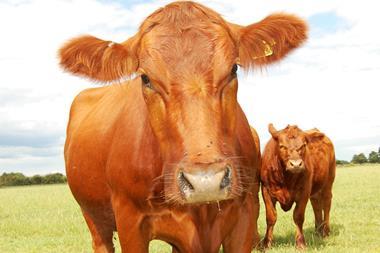
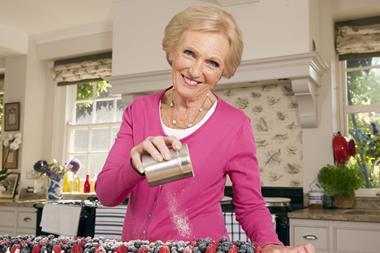
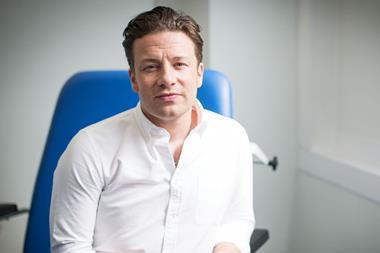
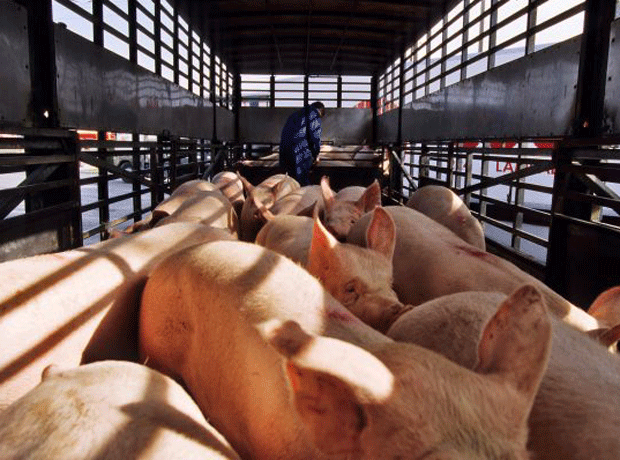






No comments yet